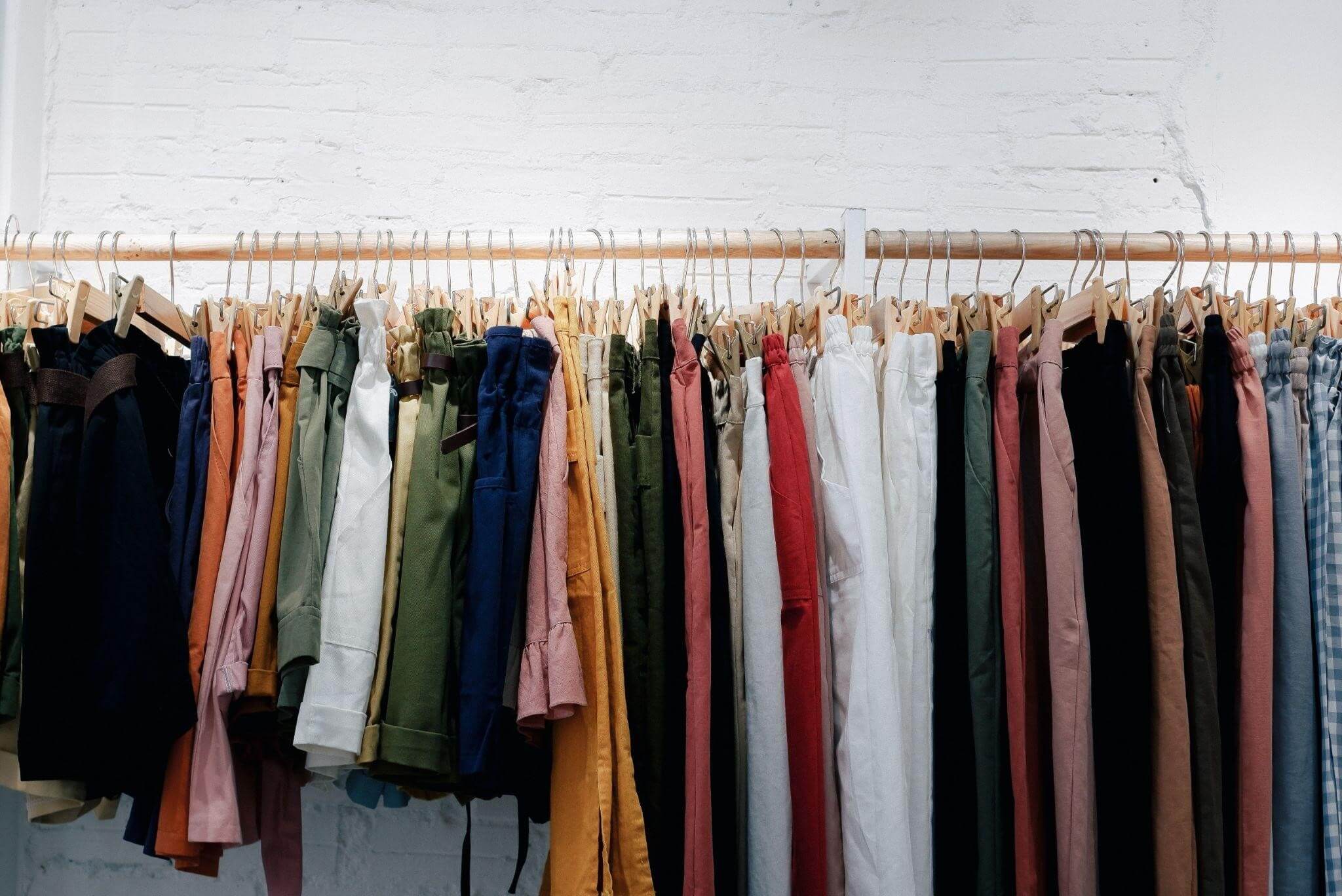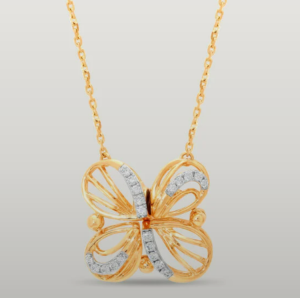The fashion industry is a multibillion-dollar enterprise spanning the globe. It can be divided into multiple categories, such as high fashion, apparel and more, but all have a similar environmental impact.
Before the industrial age, clothes were handmade individually at home or by dressmakers or tailors. It wasn’t until the rise of global capitalism and factories that clothing became mass-produced.
This mass production gave rise to the negative ecological impacts on the fashion industry. As we produce more and promote consumption and trends, the turnover of clothing becomes much higher, resulting in environmental waste.
Here is a guide on the impacts the fashion industry has on our environment and what you can do to lessen your environmental footprint through the choices you make.
What is Eco-Friendly Fashion
When we talk about eco-friendly fashion, we refer to any fashion brand working to minimise its effects on the environment.
The term ‘eco’ refers to ecology and the study of interactions between organisms and their environment. All organisms interact with their environment somehow, and most industries will inevitably impact the environment in which they operate.
In our current climate, many manufacturers will label their products like organic cotton, recyclable fabrics, plant-based dyes and fair wages in producing these goods. These are some examples of initiatives industry leaders work toward in eco-friendly adoption.
The end goal is to make the process sustainable and lessen the negative impact on the environment.
Ecological Issues with the Fashion Industry
One of the most significant issues with the current fashion industry is a concept called fast fashion. The concept refers to the swift turnaround of production and use of clothing. Due to the growing demand for changing trends and cheaper clothing, we produce less quality clothing and wear our garments less and less.
There are some significant problems with this; obviously, we are now disposing of garments quickly that they’re ending up in landfills, polluting the environment. We also have the issue of production. Since customers want the lowest prices, manufacturers often pay lower wages in developing countries, encouraging poor working conditions.
The carbon impacts are significant, with over 10% of the world’s carbon emissions coming from the fashion industry. These emissions are generated during the garments’ production, manufacturing, and transportation. Also, the countries that produce most clothing are China, Bangladesh, and India, powered by coal, the dirtiest type of energy in terms of carbon emissions.
If this wasn’t enough, the textile factories producing most of our fashion contribute to pollution by dumping toxic wastewaters into rivers. The industry also consumes enormous quantities of water, as it is used in the dyeing and finishing of all our clothes and growing cotton.
Chemicals are also another component in our clothing that not only cause pollution but diseases and premature death among cotton farmers and may also harm consumers. These dangerous chemicals are used in the fibre production, dying, bleaching and wet processing of each of our garments. There is heavy use of chemicals during the cotton farming process, with lots of this leaching into our oceans and soils.
What Can We Do?
Thankfully we have solutions, and most of them are in the hands of the consumer. It is vital to remember that every purchase you make is a vote and will, in turn, encourage brands to change their tune in the future.
Find Sustainable Brands
With many brands now adopting a more eco-friendly approach, we need to ensure that we exercise some discretion as some may not necessarily practice what they preach. Do your research and ensure you purchase from legitimately sustainable brands.
It is possible to search on reputable websites to find legitimate, sustainable fashion brands in Australia, most of these being verified by experts in the field. Once you find reputable brands that you like, you should make an effort to support these companies, as you’ll be helping the environment.
Buy High-Quality Garments that Last
Another thing you can do is purchase higher quality clothes that will last longer. Understandably, you may not want to make expensive purchases on clothing, but you’ll likely be spending the same amount if you’re constantly replacing old low-quality clothing.
When you hold on to clothes longer, you’ll reduce pollution, save money, and even look better, which is truly a win-win.
Repair Clothes Rather than Disposing
Tailors were in high demand in the past since clothes were often customised and kept for long periods. Customising outfits also meant that tailors repaired the same garments if anything was torn or worn out. We still can repair clothes in this day and age, which is often forgotten.
If you have any clothes you love and don’t want to say goodbye to, don’t forget that a repair is always an option. You’ll be able to keep your beloved clothing and save the environment simultaneously.
Buy Second-Hand Clothing
There is no shortage of second-hand clothing available in the marketplace, whether in bric-a-brac stores, family and friends, or online marketplaces. If you have a keen eye, you’ll likely find some unique clothing at a very reasonable price.
Buying second-hand clothing is a fantastic way to reuse and recycle garments rather than dump them in landfills.
Conclusion
It’s no surprise that the impacts of the fashion industry are widespread once you appreciate the magnitude of consumption that occurs. Thankfully there are multiple options we have as consumers to flatten the effect of our overconsumption.
It’s important to remember that the consumers have the final vote at the end of the day, and the better educated we are on these issues, the more we can do to change them for the better.
Photo by Lucas Hoang on Unsplash





Be First to Comment